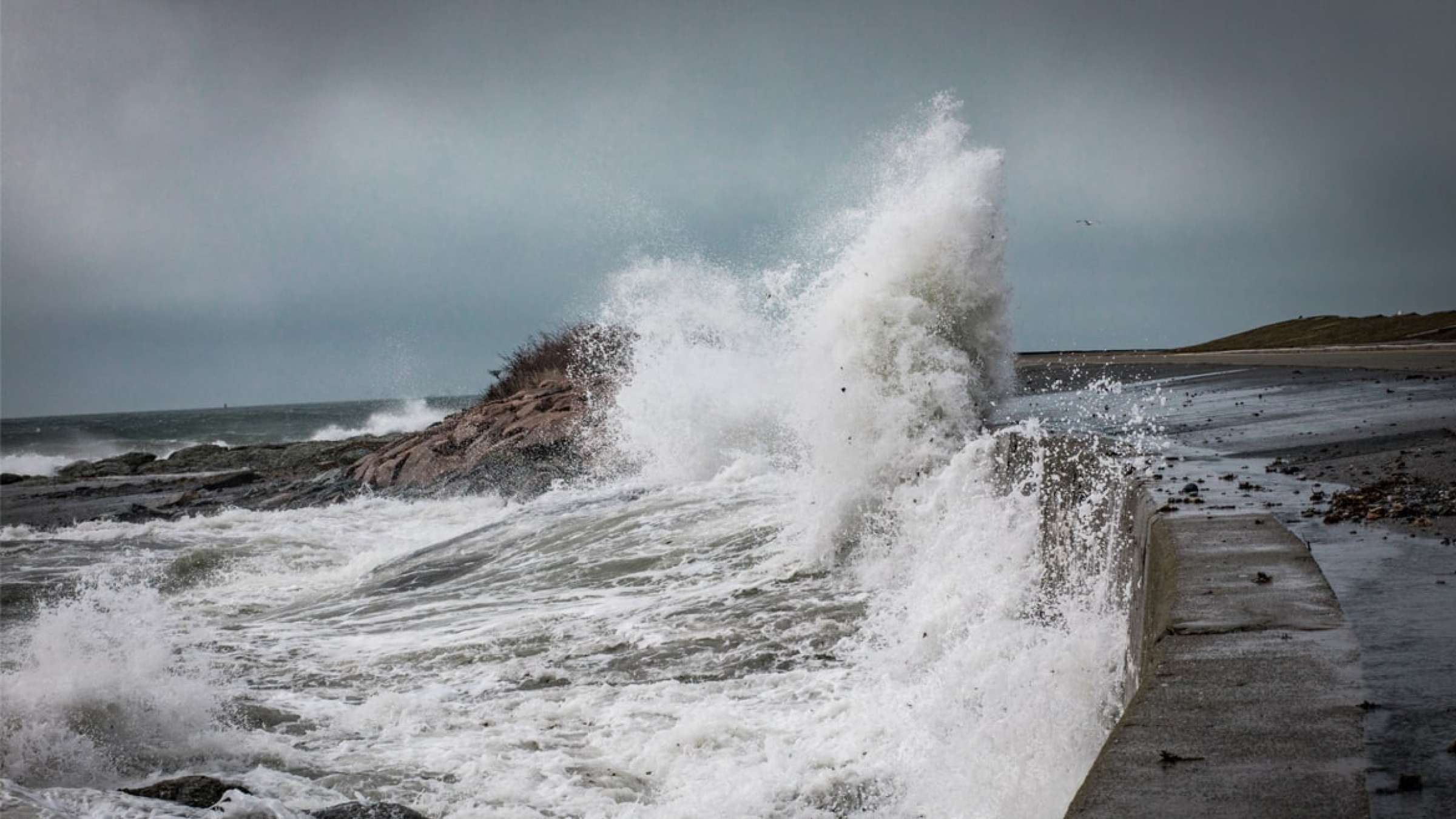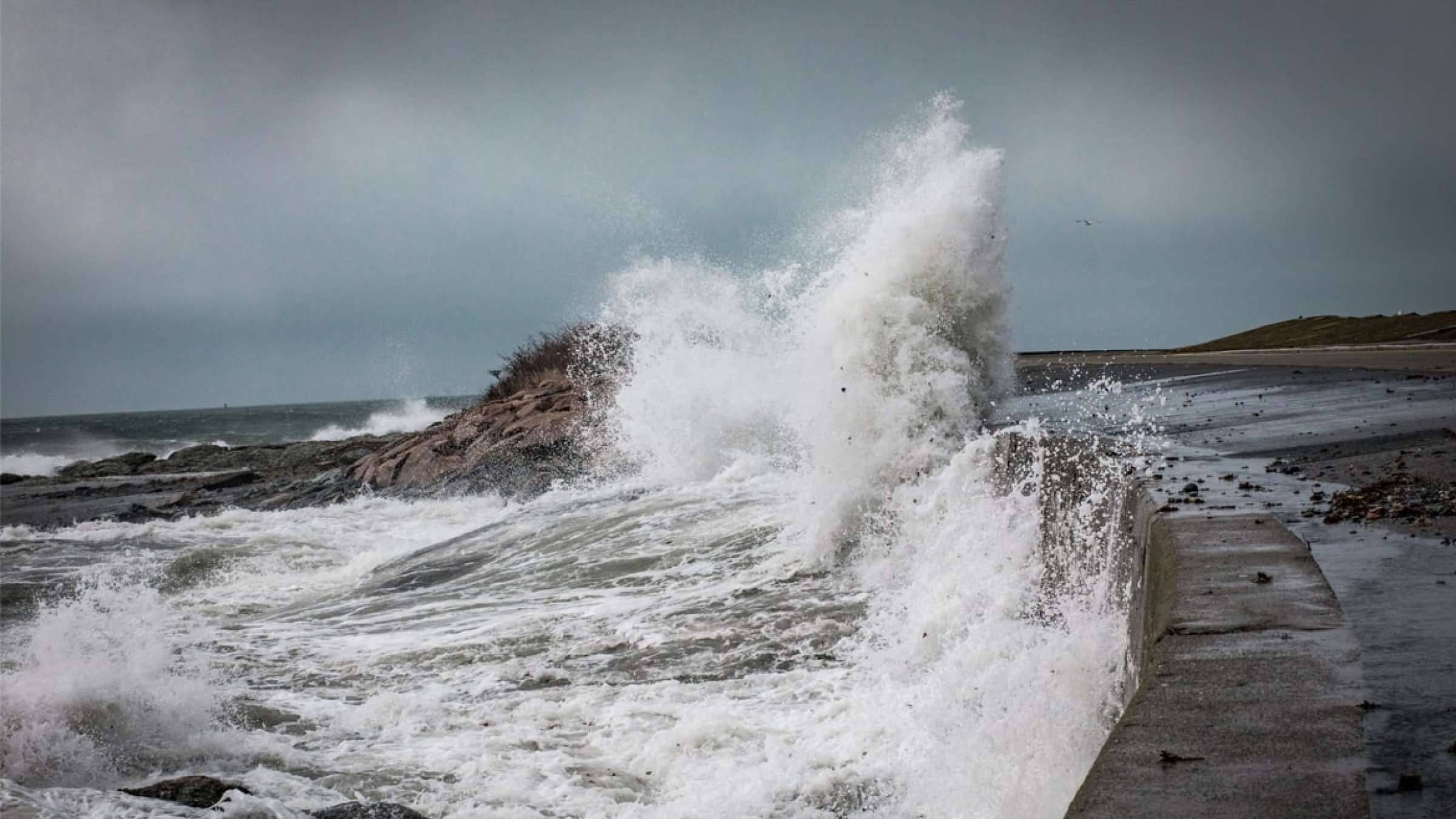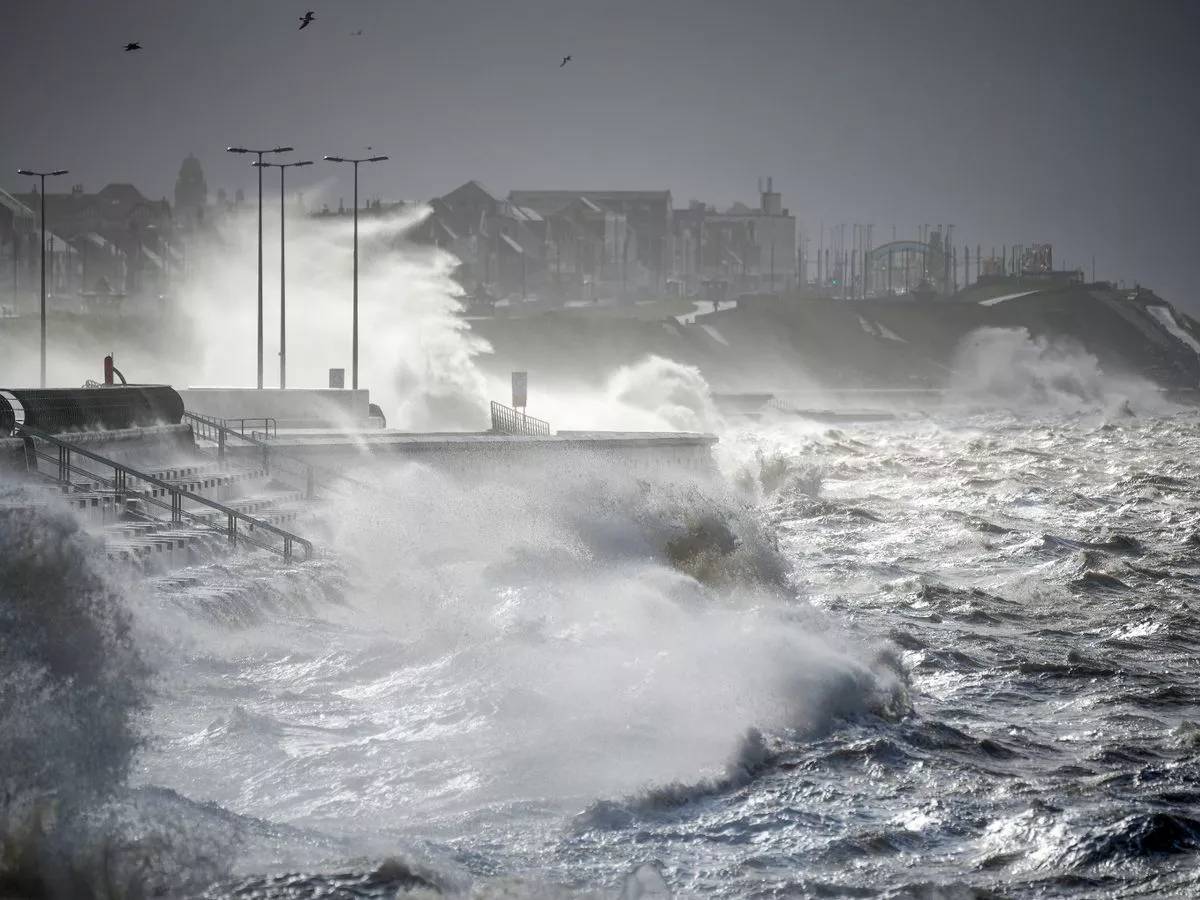

Navigating Storm Surge Barriers: Balancing Impact on Estuaries and Ecosystems
Storm surge barriers, also known as surge gates or flood gates, are structures designed to protect coastal areas from the devastating impacts of storm surges caused by severe weather events such as hurricanes or cyclones. While these barriers play a crucial role in mitigating the risks associated with storm surge flooding, their implementation can have significant impacts on estuaries and ecosystems. Balancing these impacts requires careful planning, consideration of alternative solutions, and the implementation of mitigation measures.
One of the primary concerns regarding storm surge barriers is their potential to alter the natural flow of water in estuaries. Estuaries are vital ecosystems that serve as a transition zone between freshwater rivers and the salty ocean. They provide critical habitats for numerous species, including fish, birds, and invertebrates. The alteration of water flow caused by storm surge barriers can disrupt the delicate balance of salinity levels, sediment deposition, and nutrient distribution, leading to adverse effects on estuarine ecosystems.
For example, the construction of the Thames Barrier in London, UK, has significantly altered the tidal regime of the Thames Estuary. This alteration has affected the migration patterns of fish species, disrupted sediment transport, and changed the distribution of nutrients. These changes have had cascading effects on the entire estuarine food web, impacting both commercial and recreational fisheries.
To mitigate the impacts on estuaries and ecosystems, several strategies can be employed when designing and operating storm surge barriers. These strategies include:
1. Incorporating fish passes or fish-friendly designs: Fish passes are structures that allow fish to move upstream or downstream, bypassing the barrier. By incorporating fish passes or designing the barriers to be fish-friendly, the migration patterns of fish species can be maintained, reducing the impact on fish populations.
2. Implementing sediment management plans: Storm surge barriers can disrupt the natural transport of sediments, leading to erosion or sediment accumulation in certain areas. Implementing sediment management plans, such as regular dredging or artificial sediment placement, can help maintain the balance of sediments in estuaries.
3. Restoring and creating alternative habitats: To compensate for the loss of habitat due to the construction of storm surge barriers, restoration and creation of alternative habitats can be undertaken. This can involve the creation of artificial reefs, salt marshes, or oyster beds, which provide new habitats for estuarine species.
4. Conducting environmental impact assessments: Prior to the construction of storm surge barriers, comprehensive environmental impact assessments should be conducted to evaluate the potential effects on estuaries and ecosystems. These assessments can help identify potential risks and inform the design and operation of the barriers to minimize negative impacts.
In conclusion, while storm surge barriers are crucial for protecting coastal areas from storm surge flooding, their implementation can have significant impacts on estuaries and ecosystems. Balancing these impacts requires careful planning, consideration of alternative solutions, and the implementation of mitigation measures such as fish passes, sediment management plans, habitat restoration, and environmental impact assessments. By adopting these strategies, the adverse effects on estuaries and ecosystems can be minimized, allowing for a more sustainable approach to storm surge protection.
References:
1. Nicholls, R. J., & Hoozemans, F. M. (1996). Sea-level rise and its impact on coastal zones. Science of the Total Environment, 89(1-2), 71-81.
2. Wolters, G., & Van Koningsveld, M. (2007). Design and operation of storm surge barriers. Journal of Coastal Research, 23(4), 862-876.
3. Vos, C. C., et al. (2000). Fish migration and fish bypasses at storm surge barriers in the Netherlands. Hydrobiologia, 431(1-3), 55-73.
4. Temmerman, S., et al. (2013). Ecosystem-based coastal defence in the face of global change. Nature, 504(7478), 79-83.
Related Posts
© 2024 Invastor. All Rights Reserved



User Comments
User Comments
There are no comments yet. Be the first to comment!